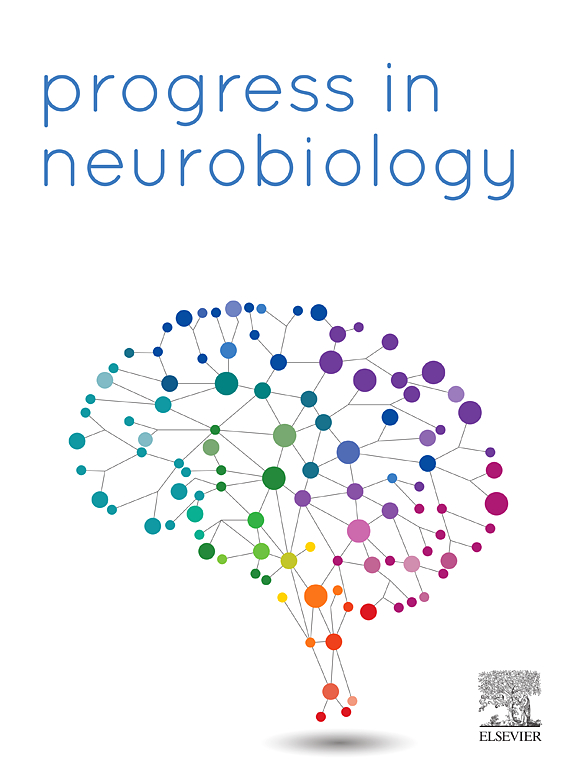PDGFR mediates lumbar spinal stenosis-induced neuropathic pain by regulating JAK2/STAT3 signaling in activated macrophages
IF 6.1
2区 医学
Q1 NEUROSCIENCES
引用次数: 0
Abstract
Lumbar spinal stenosis (LSS) is one of the most common spinal disorders in elderly people and is often accompanied by neuropathic pain. Although our previous studies have demonstrated that infiltrating macrophage contribute to chronic neuropathic pain in LSS rat model, the molecular mechanisms underlying macrophage activation and infiltration have not been fully elucidated. In this study, we examined the critical role of platelet-derived growth factor receptor (PDGFR) signaling pathway in neuropathic pain associated with macrophage infiltration and activation in LSS rats. The LSS rat model was induced by cauda equina compression using a silicone block placed within the epidural spaces of the L5-L6 vertebrae, with neuropathic pain developing four weeks after compression. We found that the PDGFR and Janus kinase 2/signal transducer and activator of transcription 3 (JAK2/STAT3) signaling pathways were upregulated in infiltrated macrophages at 28 days in the LSS model. Administration of the PDGFR inhibitor imatinib significantly alleviated LSS-induced macrophages activation and infiltration. Imatinib also reduced LSS-induced chronic mechanical allodynia and inhibited the expression of inflammatory mediators including tumor necrosis factor alpha (TNF-α), interleukin beta (IL-1β), interleukin 6 (IL-6), cyclooxygenase-2 (COX-2), and inducible nitric oxide synthase (iNOS). Furthermore, imatinib significantly alleviated the activation of RAW 264.7 macrophage cell line by lipopolysaccharide (LPS). These findings suggest that PDGFR signaling mediates neuropathic pain by promoting macrophage infiltration and activation following cauda equina compression and may serve as a potential therapeutic target for neuropathic pain in LSS patients.
PDGFR通过调节活化巨噬细胞中JAK2/STAT3信号通路介导腰椎狭窄性神经性疼痛。
腰椎管狭窄症(LSS)是老年人最常见的脊柱疾病之一,常伴有神经性疼痛。虽然我们之前的研究表明浸润性巨噬细胞参与LSS大鼠模型的慢性神经性疼痛,但巨噬细胞活化和浸润的分子机制尚未完全阐明。在这项研究中,我们研究了血小板衍生生长因子受体(PDGFR)信号通路在LSS大鼠与巨噬细胞浸润和激活相关的神经性疼痛中的关键作用。LSS大鼠模型是用硅胶块放置在L5-L6椎体硬膜外间隙压迫马尾诱导的,压迫后4周出现神经性疼痛。我们发现,在LSS模型中浸润的巨噬细胞中,PDGFR和Janus激酶2/信号转换器和转录激活因子3 (JAK2/STAT3)信号通路在28天时上调。PDGFR抑制剂伊马替尼可显著减轻lss诱导的巨噬细胞活化和浸润。伊马替尼还能减轻lss诱导的慢性机械异位性疼痛,抑制炎症介质的表达,包括肿瘤坏死因子α (TNF-α)、白细胞介素β (IL-1β)、白细胞介素6 (IL-6)、环氧化酶-2 (COX-2)和诱导型一氧化氮合酶(iNOS)。此外,伊马替尼显著减轻脂多糖(LPS)对RAW 264.7巨噬细胞的激活作用。这些发现表明PDGFR信号通过促进马尾受压后巨噬细胞的浸润和激活介导神经性疼痛,可能作为LSS患者神经性疼痛的潜在治疗靶点。
本文章由计算机程序翻译,如有差异,请以英文原文为准。
求助全文
约1分钟内获得全文
求助全文
来源期刊

Progress in Neurobiology
医学-神经科学
CiteScore
12.80
自引率
1.50%
发文量
107
审稿时长
33 days
期刊介绍:
Progress in Neurobiology is an international journal that publishes groundbreaking original research, comprehensive review articles and opinion pieces written by leading researchers. The journal welcomes contributions from the broad field of neuroscience that apply neurophysiological, biochemical, pharmacological, molecular biological, anatomical, computational and behavioral analyses to problems of molecular, cellular, developmental, systems, and clinical neuroscience.
 求助内容:
求助内容: 应助结果提醒方式:
应助结果提醒方式:


